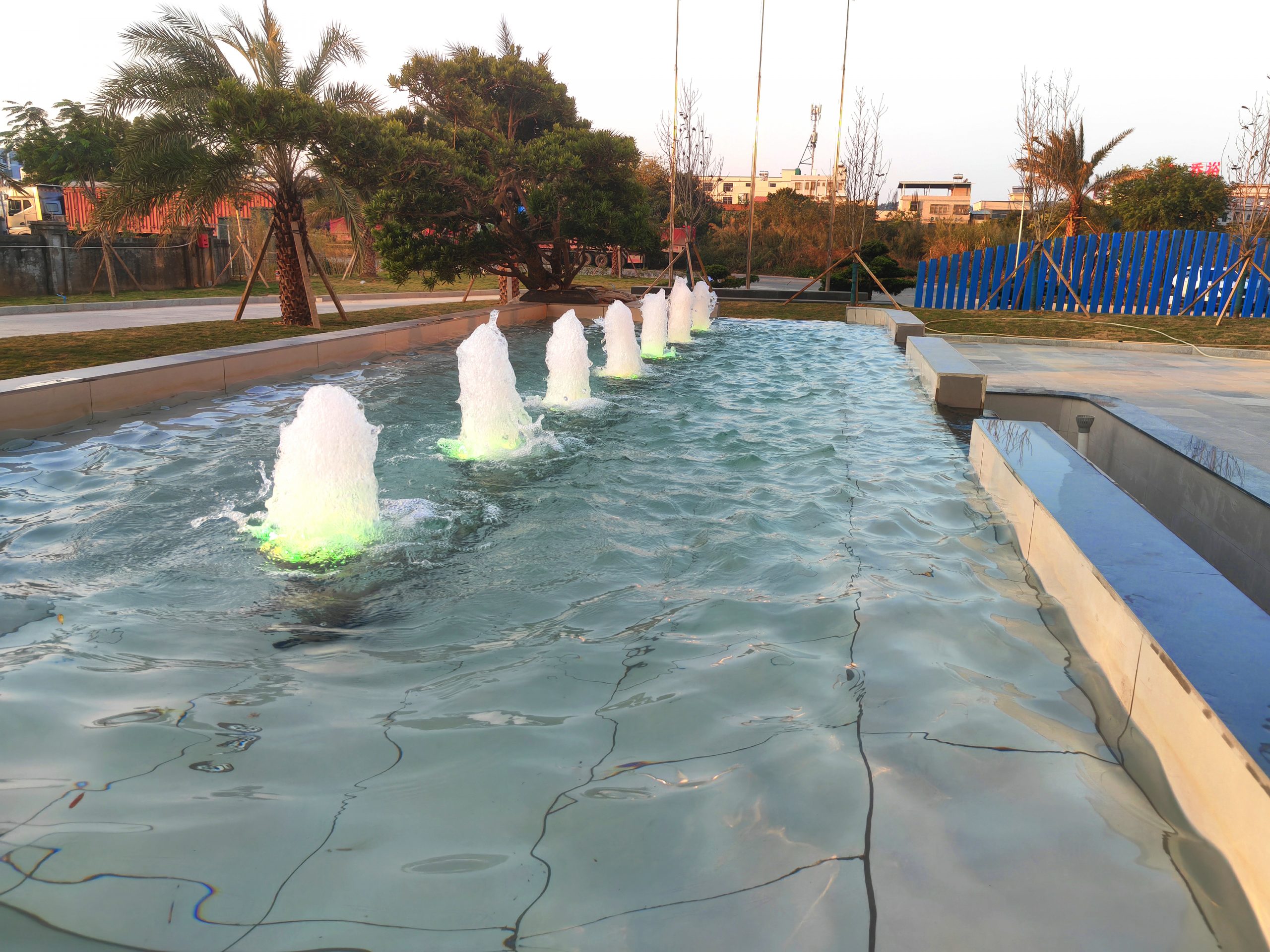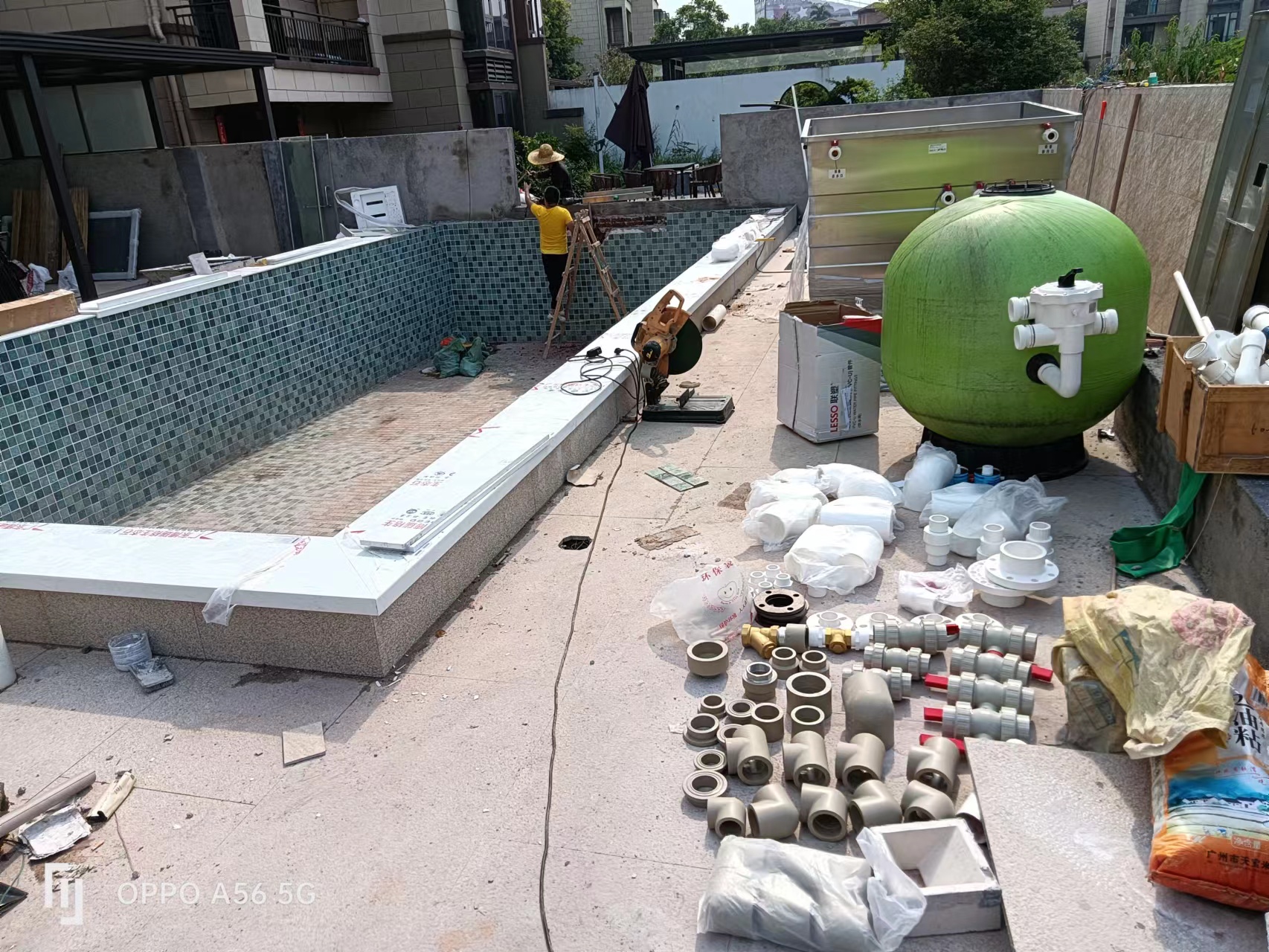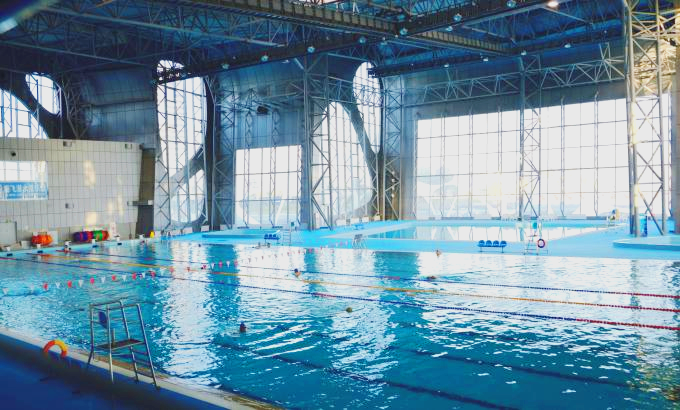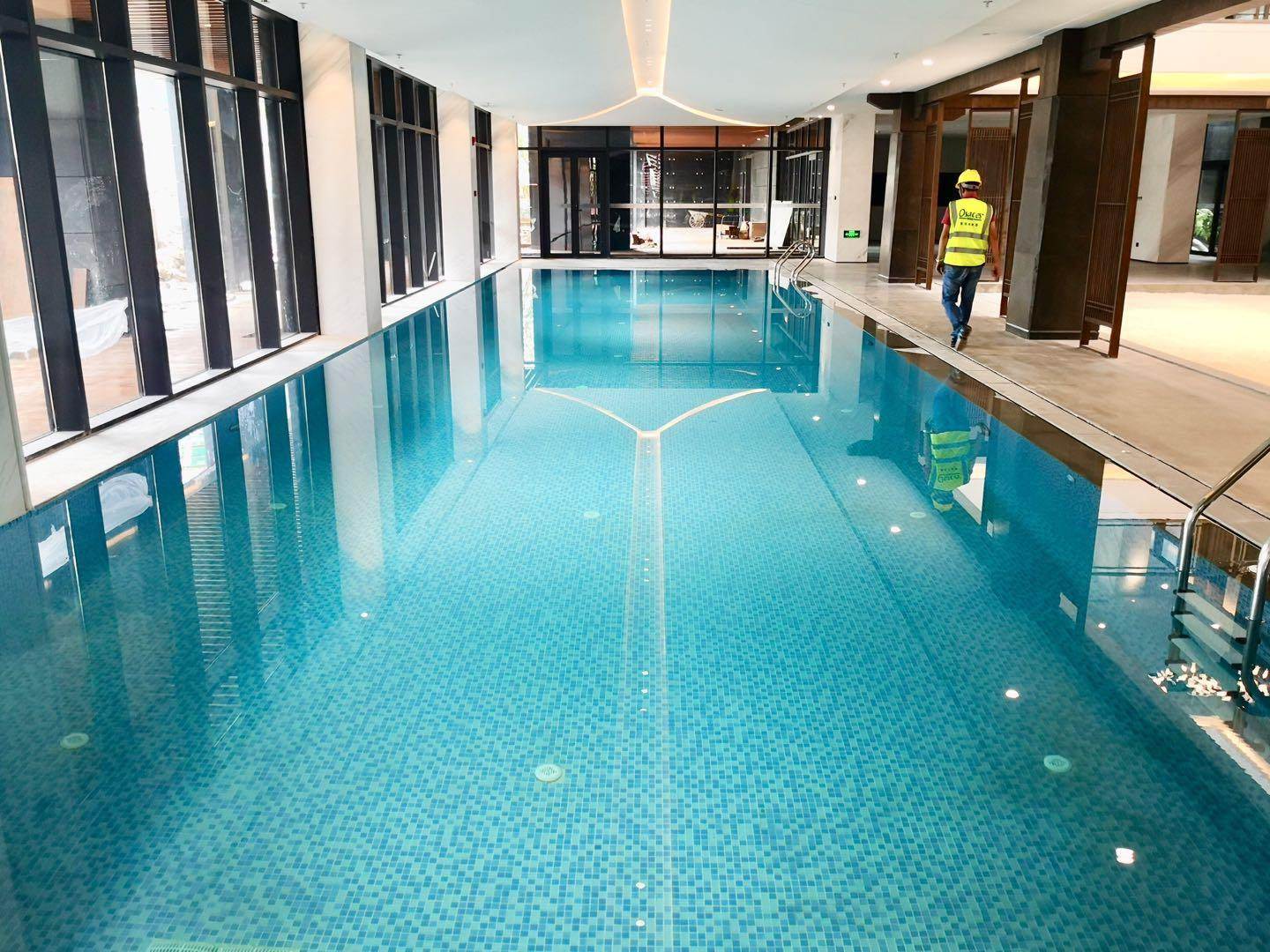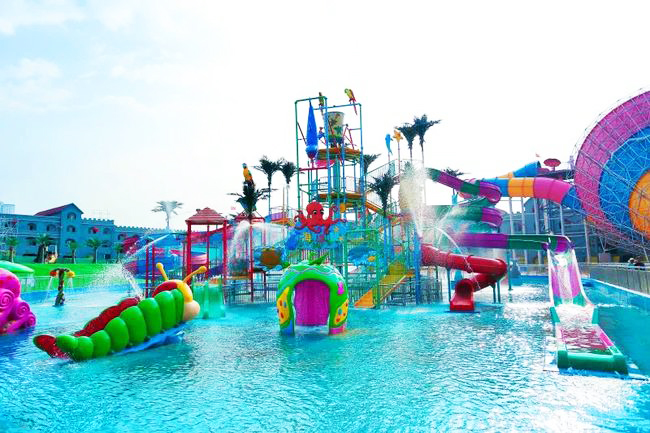common problems
contact details
 Ollies (Guangzhou) Recreation and Sports Equipment Co.
Ollies (Guangzhou) Recreation and Sports Equipment Co.Tel: (020) 82686289
Fax: 020-82694853
Headquarter: No.31-37, Xincun 2 Road, Shangjiang North Street, Dongzhou Village, Xintang Town, Zengcheng City, Guangzhou, Guangdong, China
fig. beginning / /
What are the standards for testing pool water quality?
Article source: Ollies (Guangzhou) Recreation and Sports Equipment Co., Ltd Popularity: (Click 1,473 times) Service Hotline: (020)82686289
Swimming pool water quality testing standards are an important basis for ensuring the safety of swimming pool water quality and protecting the health of swimmers. The following are common pool water quality testing standards and their significance:
1. Turbidity
- Standard: Turbidity should be ≤ 0.5 NTU3 or ≤ 1 NTU.
- Significance: Excessive turbidity affects water clarity and increases the risk of spreading bacteria and viruses.
2. pH
- Standard: pH should be maintained at 7.0 to 7.8.
- SIGNIFICANCE: The proper pH helps the disinfectant to be effective while reducing skin and eye irritation.
3. Free residual chlorine
- Standard: Free residual chlorine concentration should be maintained at 0.3~1.0mg/L.
- SIGNIFICANCE: Too low a free residual chlorine level reduces disinfection effectiveness, while too high a level may irritate the skin and respiratory tract.
4. Urea content
- Standard: Urea content should be ≤3.5mg/L.
- Significance: Excessive urea can lead to water contamination, which may cause respiratory discomfort, skin irritation and other problems.
5. Total colony and coliform
- Standard: The total number of bacterial colonies should be less than 200CFU/mL6 or 1000CFU/mL, and coliforms should not be detected per 100mL.
- Significance: Controls the bacterial population and prevents the spread of disease.
6. Water temperature
- Standard: Water temperature should be maintained at 23~30℃.
- Meaning: Appropriate water temperature provides a comfortable swimming experience and avoids discomfort caused by too high or too low water temperature.
7. Oxidation reduction potential (ORP)
- Standard: ORP should not fall below specified values when using chlorine and ozone disinfection.
- Significance: ORP is an important indicator of the effectiveness of water disinfection.
8. Ozone concentration
- Standard: Ozone concentration should not exceed 0.2mg/m³ in the air 20cm above the water surface of the swimming pool and 0.05mg/m³ in the pool water.
- Significance: Control ozone concentration to avoid health hazards to swimmers.
9. Footbath chlorine residual
- Standard: The residual chlorine content of footbath water should be maintained at 5 to 10 mg/L8.
- Significance: To ensure the effectiveness of disinfection of foot dipping pools and to prevent the spread of foot diseases8.
10. Other indicators
- Such as cyanuric acid and hydrogen peroxide are also important references for pool water quality testing34.
The above standards synthesize multiple sources to ensure safe pool water quality and provide swimmers with a healthy and comfortable swimming environment.
Keywords for this article::
Related content
- Koi Pond Maintenance and Protection Guide during the Rainy Season | The Veteran Driver's Handbook of Dampness and Disease Prevention
- Pool water circulation system maintenance guide, goodbye to cloudy water quality to create four seasons of translucent "liquid sapphire".
- From zero to professional: a complete guide to pool equipment configuration that even a beginner can understand
- The Golden Ratio of Swimming Pool Ventilation and Dehumidification Systems: The Balancing Act of Airflow, Humidity and Energy Consumption
- Specific benefits of dehumidifiers for new swimming pools
- Industrial solutions for fish pond water quality management: How to break through the bottleneck of traditional operation and maintenance of filtration systems?
- Theoretical and empirical study on the design of fish pond filtration system with ultra-volumetric capacity.
- Fish Pond Filter Professional Maintenance Guide
Previous article:Koi pond moss outbreak and dead fish incident full-dimension disposal program  
Next Article:Reasons for koi stopping eating and swimming slowly in spring and strategies to deal with them

